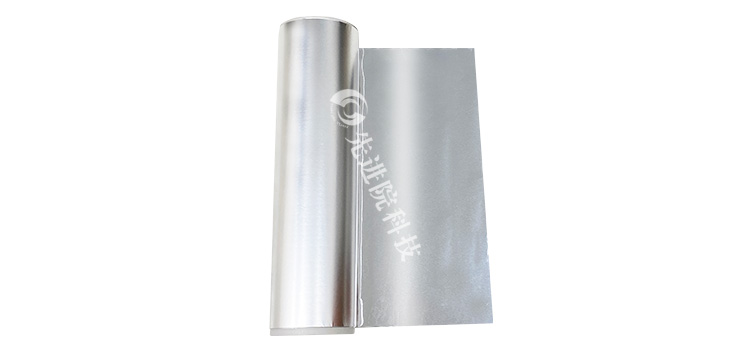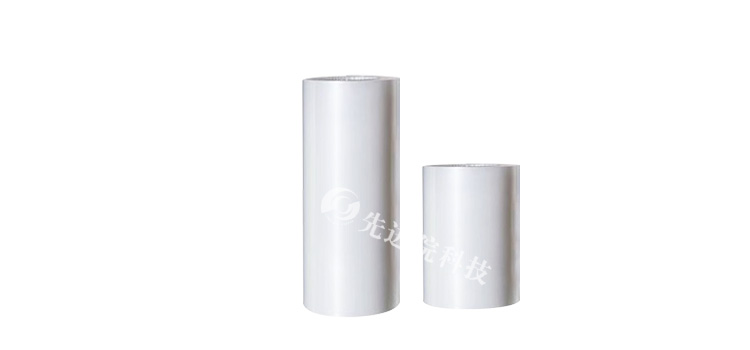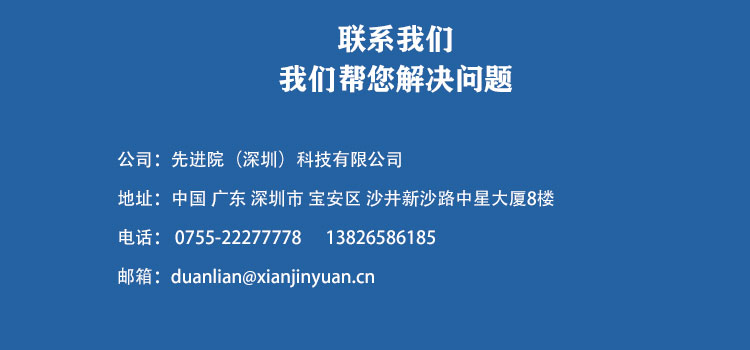PI (polyimide) nickel plated film, as a high-performance material, has been widely used in various fields such as flexible electronic devices, communication cables, aerospace, etc. due to its excellent conductivity, corrosion resistance, high and low temperature resistance, and good mechanical properties. However, inPI nickel plating filmDuring the welding or bonding process, improper operation may affect its performance and even lead to material failure. Therefore, this article will provide a detailed introduction to the operational details that should be paid attention to during the welding or bonding process of PI nickel plating film to ensure the stability and reliability of material properties.
1、 Material preparation and pretreatment
-
Choose the appropriate PI nickel plating film:
-
Select PI nickel plating film with appropriate thickness, conductivity, and corrosion resistance according to application requirements.
-
Ensure that the surface of the PI nickel plating film is smooth, free of scratches, oil stains, and impurities.
-
Surface pretreatment:
-
Before welding or bonding, necessary surface pretreatment such as degreasing and oxidation layer removal should be carried out on the PI nickel plating film to improve the firmness and reliability of welding or bonding.
-
The pre-treatment process should avoid using chemical reagents or methods that may cause damage to the PI nickel plating film.

2、 Welding operation details
-
Choose the appropriate welding method:
-
Select appropriate welding methods such as laser welding, resistance welding, etc. based on the thickness, conductivity, and welding requirements of the PI nickel plating film.
-
Avoid using welding methods that may generate high temperatures or strong mechanical stresses to prevent damage to the PI nickel plating film.
-
Control welding parameters:
-
Accurately control parameters such as welding temperature, welding time, and welding pressure to ensure welding quality.
-
The welding temperature should not be too high to avoid thermal expansion, deformation, or burning of the PI nickel plating film.
-
The welding time should be moderate to avoid welding instability or damage caused by being too long or too short.
-
Welding environment control:
-
During the welding process, the welding environment should be kept clean and dry to avoid the influence of impurities such as dust and water vapor on the welding quality.
-
If necessary, protective gas can be installed in the welding area to prevent oxidation and corrosion.
3、 Fit operation details
-
Choose the appropriate bonding method:
-
according toPI nickel plating filmChoose appropriate bonding methods such as hot press bonding, ultrasonic bonding, etc. based on the application scenarios and bonding requirements.
-
Ensure that the bonding method does not cause damage or affect the performance of the PI nickel plating film.
-
Control the fitting parameters:
-
Accurately control parameters such as bonding temperature, bonding pressure, and bonding time to ensure bonding quality.
-
The bonding temperature should be moderate to avoid deformation or burning of the PI nickel plating film caused by excessive temperature, while insufficient temperature may result in weak bonding.
-
The bonding pressure should be evenly distributed to avoid poor bonding caused by excessive or insufficient local pressure.
-
Selection of bonding materials:
-
Choose bonding materials with good compatibility with PI nickel plating film to ensure stability and reliability after bonding.
-
Avoid using bonding materials that may cause corrosion or damage to the PI nickel plating film.

4、 Subsequent processing and testing
-
Subsequent processing:
-
After welding or bonding is completed, appropriate follow-up treatment should be carried out on the PI nickel plating film, such as cleaning, drying, curing, etc., to improve its stability and reliability.
-
Chemical reagents that may cause damage to the PI nickel plating film should be avoided during the cleaning process.
-
Quality inspection:
-
Quality inspection of PI nickel plating film after welding or bonding, including testing of conductivity, corrosion resistance, mechanical properties, and other aspects.
-
When necessary, non-destructive testing methods can be used to monitor and evaluate the quality of welding or bonding.
5、 Precautions
-
Operating standards:
-
During the welding or bonding process, it is necessary to strictly follow the operating procedures and safety regulations to ensure the safety of personnel and equipment.
-
Operators should receive professional training and be familiar with the performance and operation methods of PI nickel plating film.
-
Environmental control:
-
Keep the operating environment clean and dry, and avoid impurities such as dust and water vapor from affecting the welding or bonding quality.
-
If necessary, dust and moisture prevention measures can be set up in the operating area.
-
Equipment maintenance:
-
Regularly maintain and upkeep welding or bonding equipment to ensure its normal operation and accuracy.
-
Regularly calibrate and test equipment to ensure its accuracy and reliability.
in summary,PI nickel plating filmDuring the welding or bonding process, it is necessary to pay attention to multiple operational details, including material preparation and pretreatment, welding operation details, bonding operation details, subsequent processing and testing, and precautions. Only by strictly adhering to operating procedures and safety regulations, and precisely controlling various parameters, can the performance stability and reliability of PI nickel plating film be ensured, meeting the needs of various application scenarios.
The above data is for reference only, and specific performance may vary due to production processes and product specifications.






